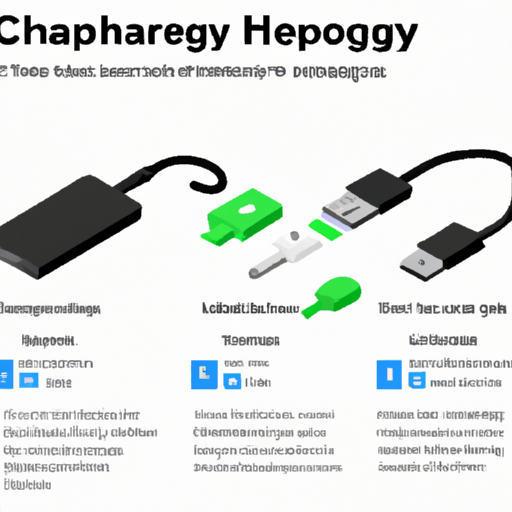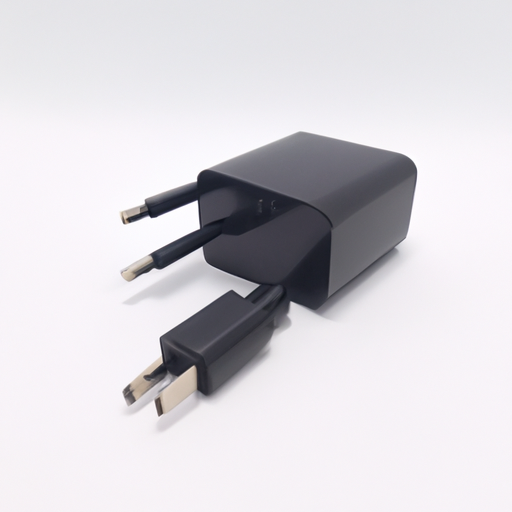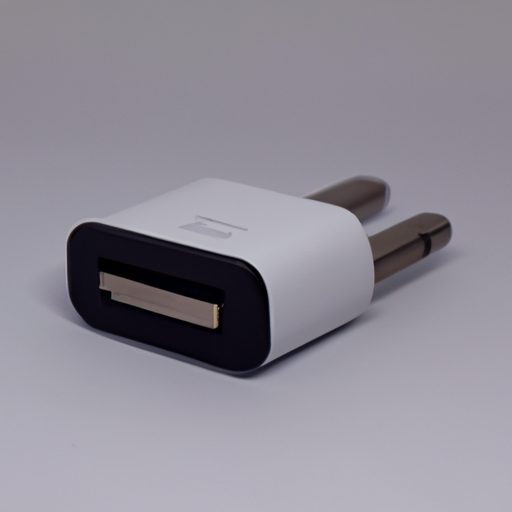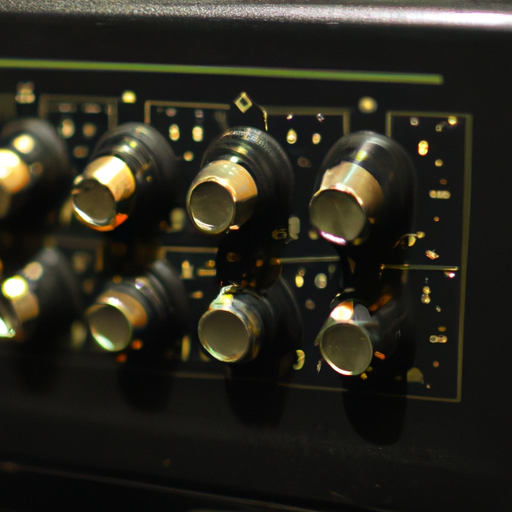Charger 3C certification is a standard set by the China Communications Standards Association (CCSA) for chargers used with mobile phones and other electronic devices. The certification ensures that chargers meet certain safety and performance requirements, and helps consumers identify high-quality products. There are several main categories of Charger 3C certification that manufacturers must adhere to in order to receive the certification.
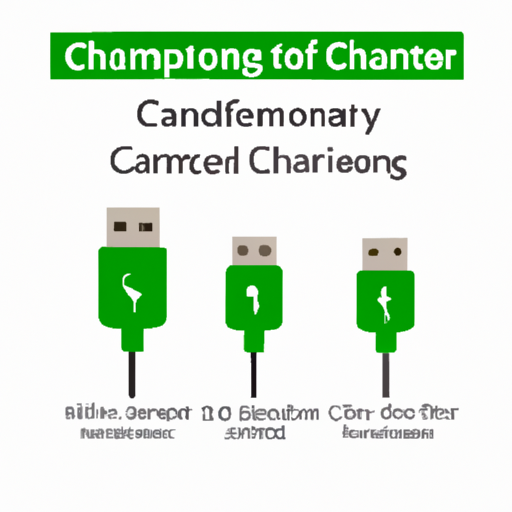
2. Performance Requirements: Another key category of Charger 3C certification is performance requirements. This includes ensuring that the charger is capable of delivering the correct voltage and current to the device being charged, as well as meeting efficiency standards to minimize energy waste. Chargers must also be tested for compatibility with a range of devices and charging protocols to ensure they work properly with different products.
3. EMC Requirements: Electromagnetic compatibility (EMC) requirements are also an important category of Charger 3C certification. This includes ensuring that the charger does not emit excessive electromagnetic interference that could interfere with other electronic devices, as well as being immune to interference from external sources. Chargers must undergo testing to ensure they meet these requirements and do not cause interference with other devices.
4. Environmental Requirements: Charger 3C certification also includes environmental requirements to ensure that chargers are manufactured in a way that minimizes their impact on the environment. This includes requirements for energy efficiency, as well as restrictions on the use of hazardous materials such as lead, mercury, and cadmium. Manufacturers must also comply with regulations for recycling and disposal of electronic waste.
5. Labeling and Marking Requirements: In addition to the technical requirements, Charger 3C certification also includes requirements for labeling and marking of chargers. This includes ensuring that chargers are clearly labeled with information such as the manufacturer's name and contact information, model number, input and output voltage and current ratings, and safety certifications. Chargers must also display the Charger 3C certification mark to indicate that they have met the required standards.
Overall, Charger 3C certification covers a range of requirements to ensure that chargers are safe, reliable, and environmentally friendly. By adhering to these standards, manufacturers can demonstrate the quality of their products and provide consumers with confidence that they are purchasing a high-quality charger. Consumers can look for the Charger 3C certification mark when shopping for chargers to ensure they are getting a product that meets these standards.



